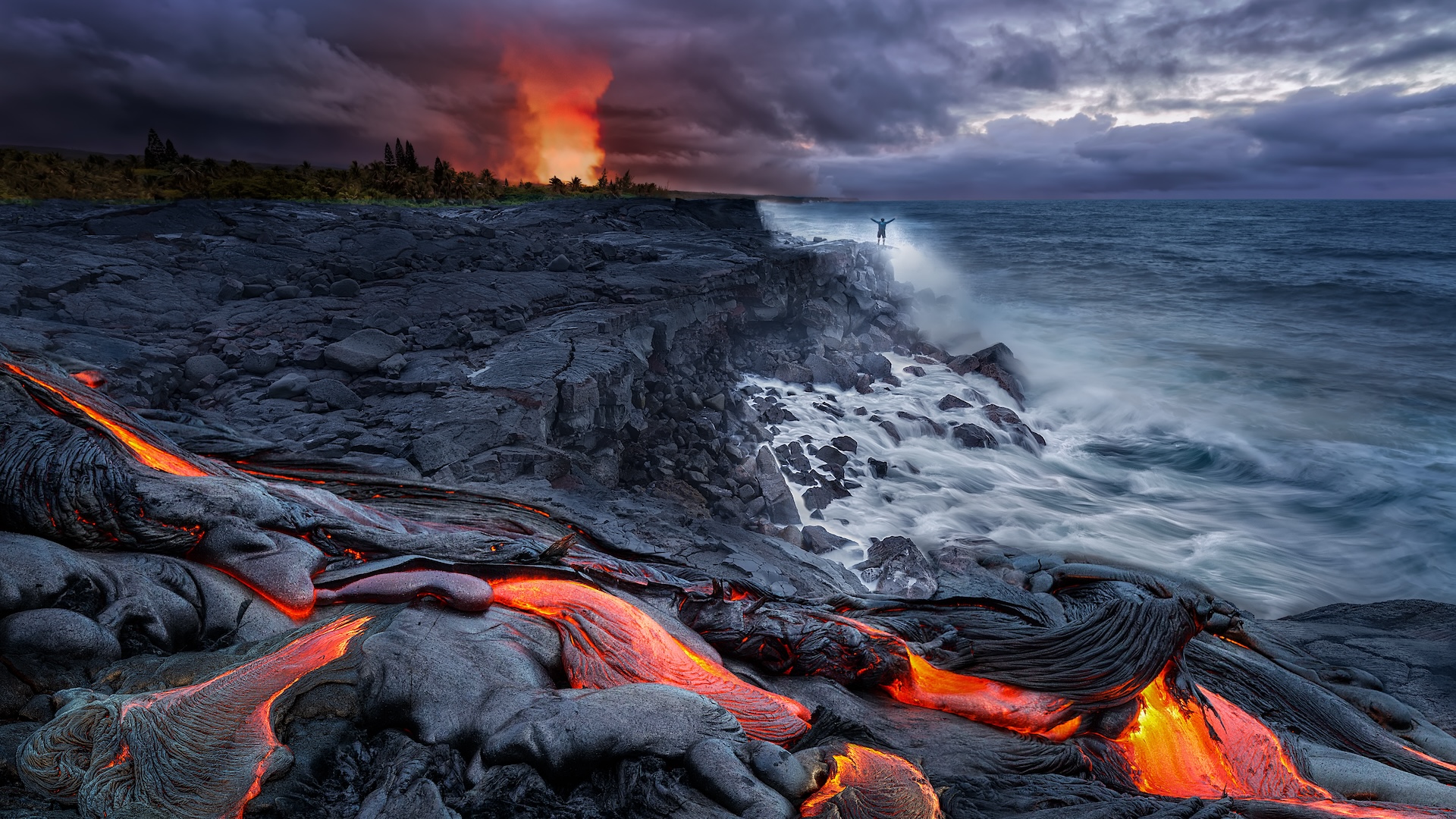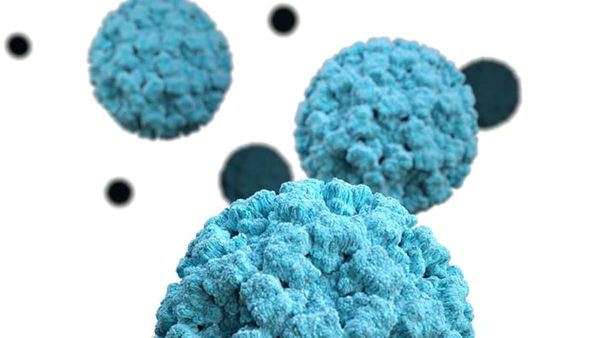
Lava around the world may come from the same magma ancestor deep in Earth's middle layer, new research finds.
The study suggests that the deep mantle, where magma arises, is more uniform than scientists thought. Instead of being a stew-like mix of rock compositions, the mantle might be more like a blended smoothie — well mixed and similar throughout.
"It tells us that the mantle is probably much simpler than we were starting to think it is," said Matthijs Smit, an Earth scientist at the University of British Columbia.
Structures observed inside the deep mantle may thus not be signs of different types of rocks, but rather temperature differences in the same kind of rocks, Smit said.
The study examined hotspot lavas, which come from plumes that billow upward from Earth's deep mantle and erupt at volcanoes at the planet's surface. Samoa, Hawaii and Iceland are all hotspots. The lavas that erupt at hotspots around the globe vary in their trace elements, which scientists have traditionally interpreted to mean that the mantle has lots of distinct reservoirs of different rock which don't mix, or mix slowly, said Paul Tackley, a geophysicist at ETH Zürich who was not involved in the study. But large-scale computer models of the mantle suggest that this layer of Earth probably does mix efficiently. If that's the case, it's possible that magmas all start out the same in the lower mantle and differentiate as they rise through the upper mantle.
"We have a hundred soups," Smit told Live Science. "Do we make them from a hundred different stock cubes, or do we actually have 100 different soups that we all made from the same stock cube?"
There's no way to peer into the lower mantle directly, but hotspot lavas do have chemical signatures that give hints of their history. Smit and his colleagues looked at lava concentrations of three elements—nickel, niobium and chromium. These elements behave differently as the melts rise and change on their way to the surface: Nickel tends to become incorporated into crystals, so liquid portions of the melt have lower and lower concentrations of nickel as the melt goes through more changes. Chromium does the same on a different timeline, while niobium tends to stay in the liquid. By looking at the proportions of these different elements, the researchers could tell which lavas had gone through the most changes from their original source, and which were closer to that ancestral mantle magma.
In hotspot lavas around the world, the research team saw the same trends in these elements—and major similarities in the composition of lavas that had changed the least. The results indicated that lavas around the world are different not because they come from different stock, but because they change as they rise through varied rocks in the upper mantle and crust.
"All hotspot lavas point to the same starting composition," Smit said.
Scientists still disagree about the composition of the deep mantle. There are odd structures near the core-mantle boundary called large low-shear velocity provinces (LLVPs), where seismic waves from earthquakes move unusually slowly. Some scientists have suggested these structures might be the remnants of ancient space rocks that hit Earth soon after it formed, or perhaps that they're material from Earth's ancient crust, shoved deep by subducting tectonic plates.
LLVPs are linked to the rising mantle plumes that eventually produce hotspot lavas, so the new study may indicate that all of these explanations are overcomplicated. Instead, he said, the bizarre structures may have the same composition as the rest of the mantle. The only difference, then, would be the temperature of these areas.
"[The] trend shows that it is the ingredients that make the soups different, not the stock. That is quite a fundamental change in the way we look at the mantle," Smit said. The ingredients – all the varying rocks the lavas pass through as they rise – are still important, he added, because they explain a lot about how the crust and mantle interact. But now there is no need for complicated explanations about how some parts of the mantle have stayed preserved in place over billions of years.
"We are finally liberated from this idea that there are unmixed pockets inside the mantle that have sat there since the Earth was made," Smit said.







